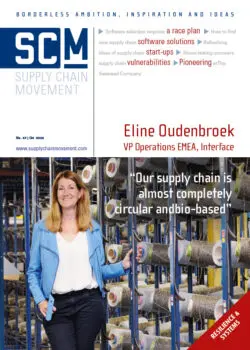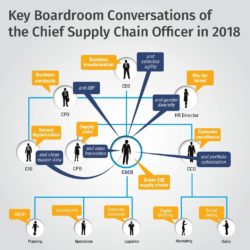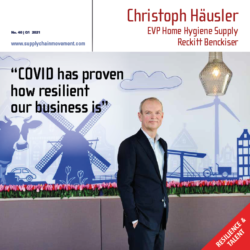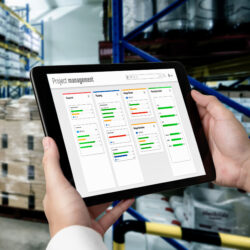Saint-Gobain: “Refreshing ideas supply chain start-ups give you extra energy”
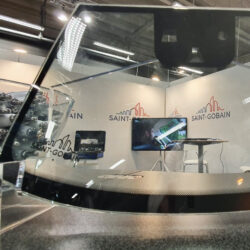
When French multinational Saint-Gobain was looking for a solution to its operational supply chain planning challenges, Supply Chain Director Josep Tascon Estrada contacted the start-up Flowlity and eventually decided to launch a pilot. In this article, he explains why he chose a start-up and reflects on the experience. What tips does he have for other companies? “When working with a start-up, it’s important to stay pragmatic and avoid getting carried away by the promise of the ‘ultimate’ solution.”
In terms of size, Saint-Gobain is one of the world’s top 300 companies. It operates in 70 countries, employs more than 170,000 people and generated sales of over €44 billion in 2021. With 31 plants across the globe, the Saint-Gobain Sekurit division is specialized in the production and distribution of automotive glazing systems and supplies almost all major car manufacturers automotive. In addition to serving the original equipment manufacturer (OEM) market, the company serves the aftermarket through its Sekurit Service arm which supplies replacement glazing from stock to customers such as car repair companies. Sekurit Service has more than 30 regional distribution centres (DCs) in Europe. They are controlled from the central DC in Bastogne, Belgium.
“When I first came into contact with Flowlity three years ago, I was Supply Chain Director of Saint-Gobain Sekurit’s OEM business,” says Josep Tascon Estrada. “We had got everything well organized at the strategic and tactical planning level. Just like other companies, we’d invested heavily in sales & operations planning (S&OP), so we were able to forecast at the central level and make the right the longer-term trade-offs between the expected demand, the required capacity and all the other issues involved. However, in my decentralized role, I lacked a tool for short-term planning – a tool that could translate our S&OP into sales & operations execution (S&OE) at the country level and enable us to react quickly to deviations.” … … …
Want to read more?



